Rush made a lot of music that the average listener would consider "weird" in some form or fashion: lengthy prog epics rooted in fantasy ("The Necromancer"), mutant funk-metal with haunted-house spoken-word sections ("Double Agent"), intense blues-rock about hair-loss anxiety ("I Think I’m Going Bald"). But the strangest moment in their catalog is a left-field rap verse from 1991.
By that point in their storied career, the Canadian trio were always searching for new forms of inspiration. They’d expanded into synthesizers and experimented with styles like reggae and New Wave, but flirting with hip-hop probably took most fans by surprise. The song in question is "Roll the Bones," the title track and second single from their 14th LP—and the famous verse arrives out of nowhere, amid the band’s heavy riffs and synth stabs, with singer-bassist Geddy Lee pitch-shifted way, way down. Decades later, it’s still a trip to hear him grumble out lyrics like, "Just the facts / Gonna kick some gluteus max" and "You better run, homeboy."
- YouTubewww.youtube.com
In a Roll the Bones radio special, drummer-lyricist Neil Peart said this section began as a "lyrical experiment." "I was hearing some of the better rap writers, among whom I would include LL Cool J or Public Enemy," he said. "Musicality apart, just as writers, it was really interesting, and it struck me: 'It must be really fun to do that! All those internals rhymes and all that wordplay.' That's meat and potatoes for a lyricist—stuff you love to do and can seldom get away with being so cute in a rock song.' So I thought, 'Well, I’ll give it a try.'"
Peart initially submitted his lyrics to Lee and guitarist Alex Lifeson without the rap section, only pitching his other idea later on. Once approved, they thought about recruiting an outsider for a cameo, from "real" rappers to singer-songwriter Robbie Robertson (The Band) to comedy legend John Cleese (Monty Python). But none of those options felt quite right. (The latter, they decided, might be distractingly funny—"[F]rom the musicality and longevity factors, that would have gotten tired quickly, you know? That’s the trouble with jokes.") Eventually they settled on the "low frequency" strangeness of their bassist’s effects-treated voice.
- YouTubeyoutu.be
Lee, speaking to Canadian Musician Magazine in 1991 (as transcribed by the fan site Cygnus-X1), admitted they had a hard time figuring out the right tone. "The lyrics were written very much in concert with contemporary rap music: the way the words react against each other and the structures form more in sympathy with what's going on in a contemporary rap way," he said. "To a degree we are having fun with that. We couldn't make up our minds really if we wanted to be influenced by rap or satirize it, so I think that song kind of falls between the cracks and in the end I think it came out to be neither. It came out to be something that is very much us."
While "Roll the Bones" is rarely ranked alongside Rush staples like "Tom Sawyer" and "2112," its lighthearted energy made it a staple of many future tours. According to Setlist.fm, the band played it live 384 times—and that included a prominent feature on their final tour in 2015, complete with a celebrity video featuring Paul Rudd, Jason Segel, and Peter Dinklage, among others.
- YouTubewww.youtube.com





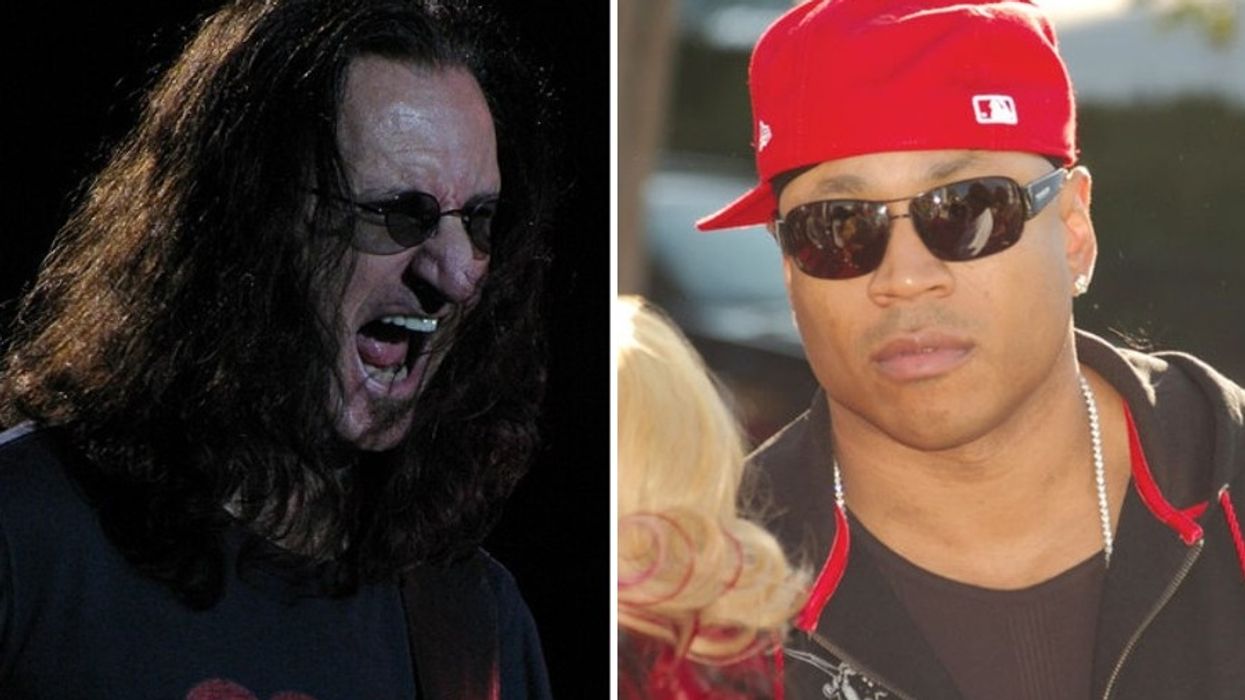



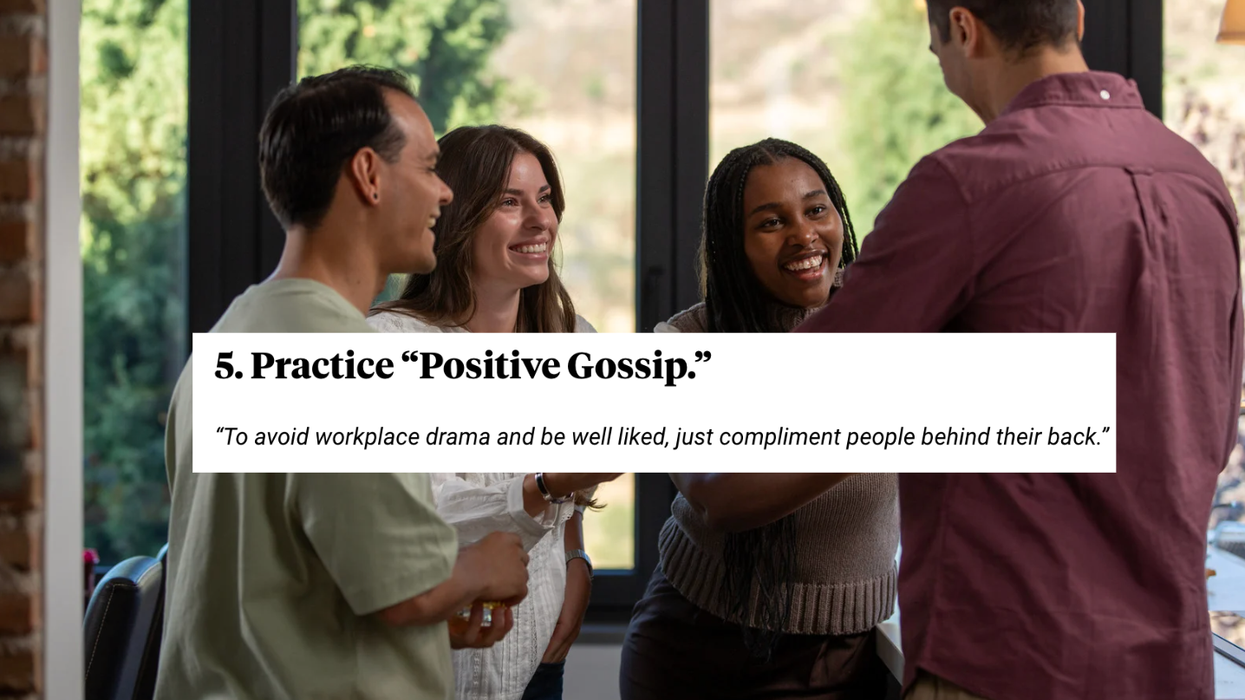


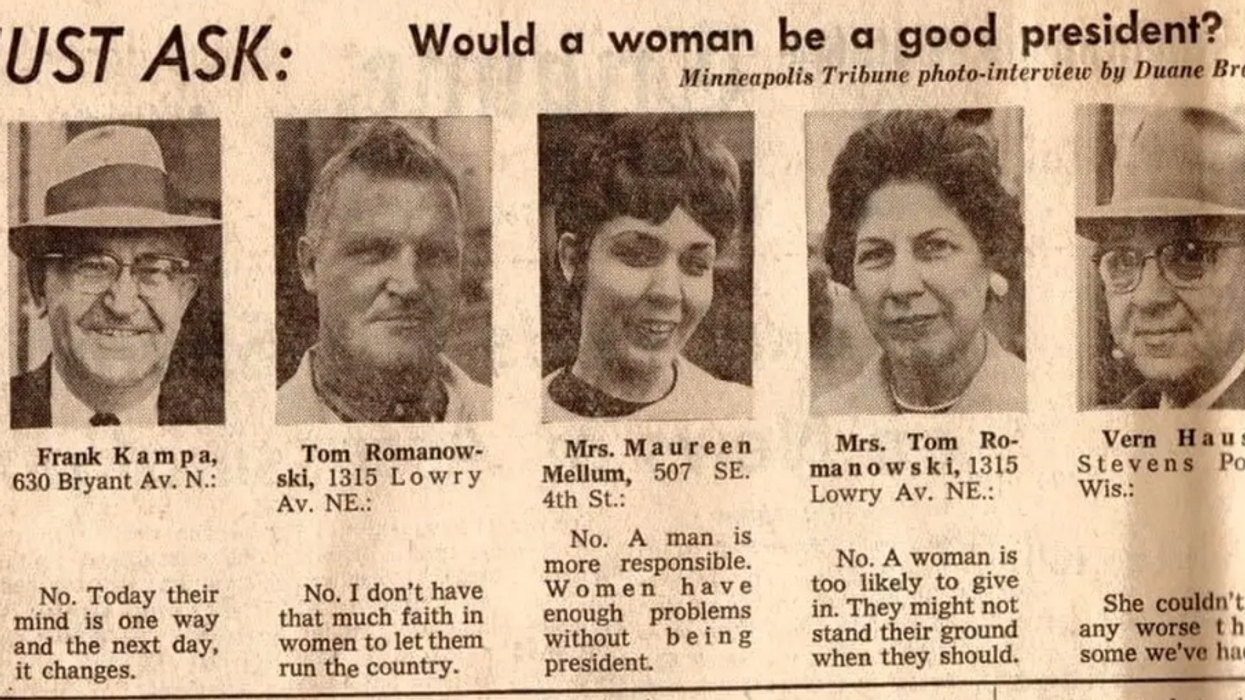



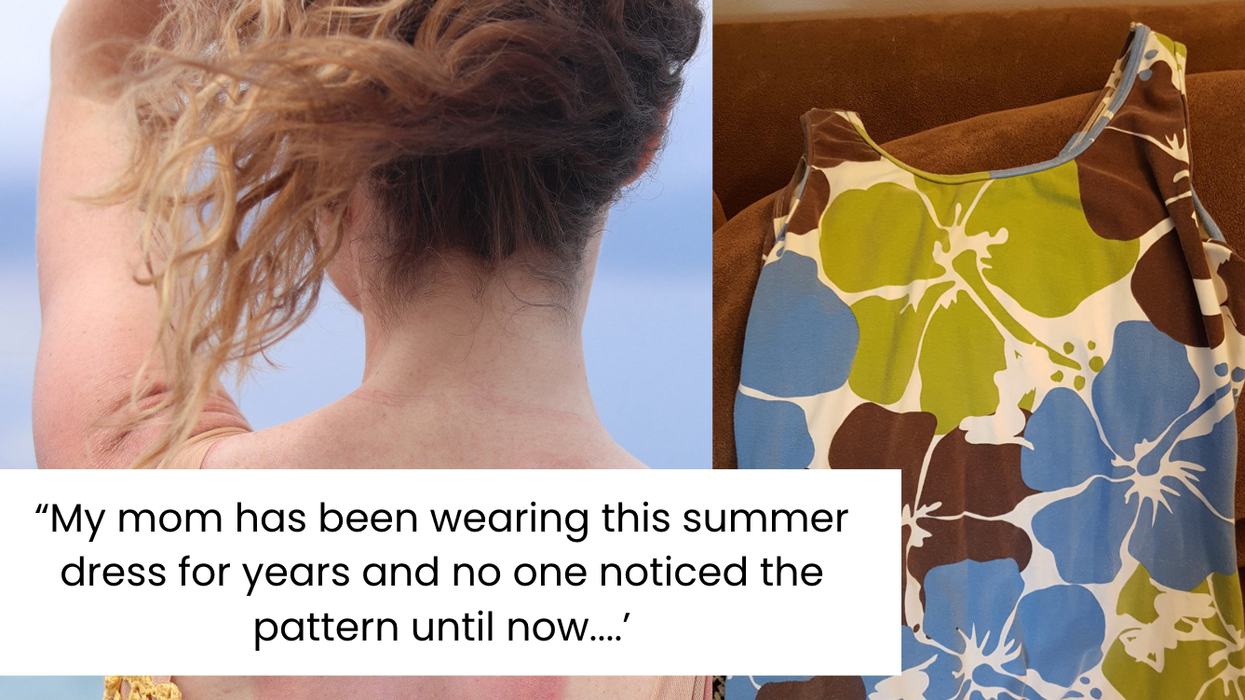

 People on a beautiful hike.Photo credit:
People on a beautiful hike.Photo credit:  A healthy senior couple.Photo credit:
A healthy senior couple.Photo credit:  A diverse group of friends together.Photo credit:
A diverse group of friends together.Photo credit:  A doctor connects with a young boy.
A doctor connects with a young boy.  Self talk in front of the mirror.Photo credit:
Self talk in front of the mirror.Photo credit:  Lightbulb of ideas.Photo credit
Lightbulb of ideas.Photo credit 


 Two women shop at clothing storeCanva
Two women shop at clothing storeCanva
 Copy of Sophia's letter to President Obama
Copy of Sophia's letter to President Obama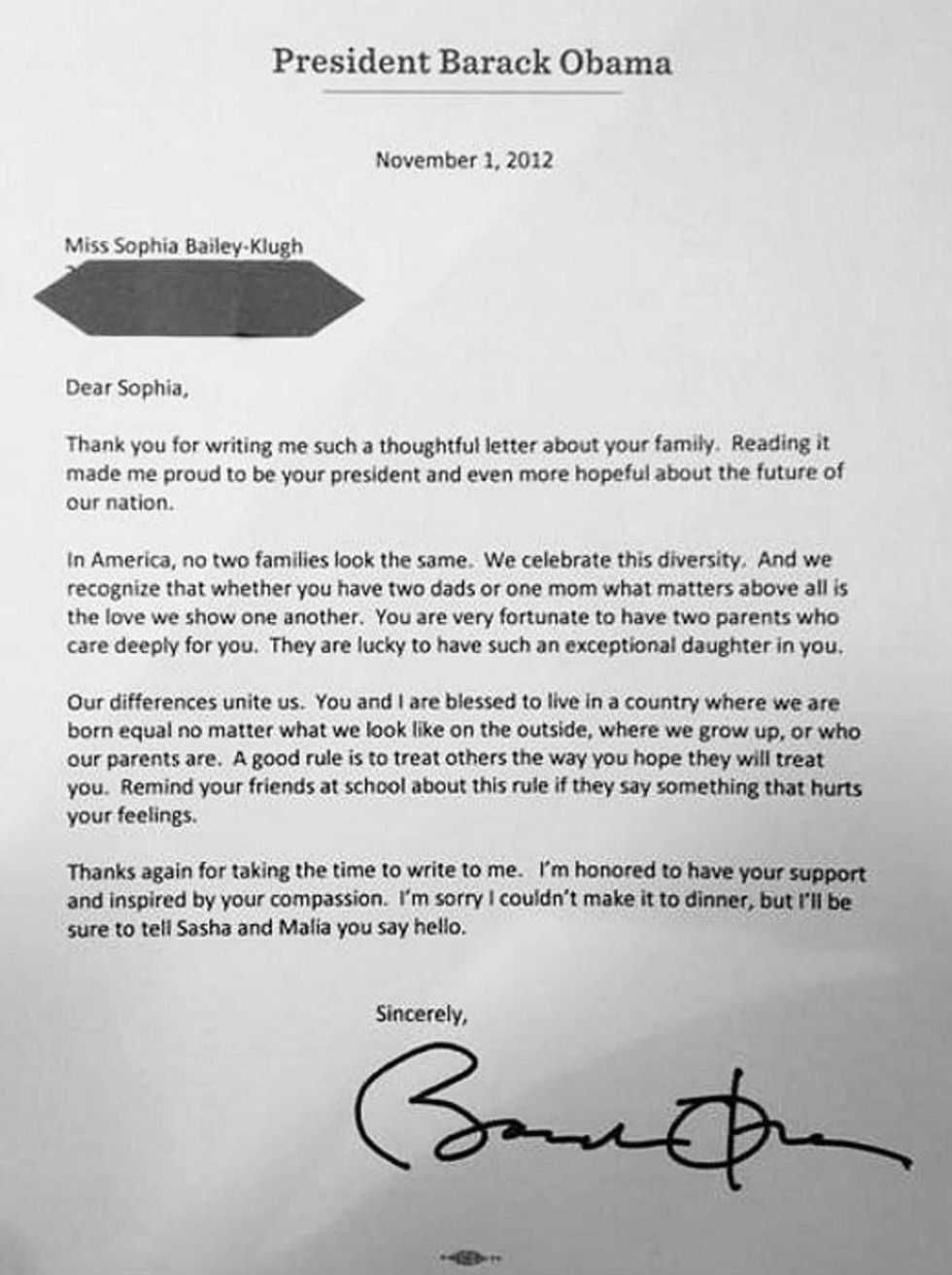 Barack Obama's letter to Sophia
Barack Obama's letter to Sophia Gif of Obama saying "The torch has been passed" via
Gif of Obama saying "The torch has been passed" via 
 A mom is very angry with her sonCanva
A mom is very angry with her sonCanva Gif of two women high-fiving via
Gif of two women high-fiving via 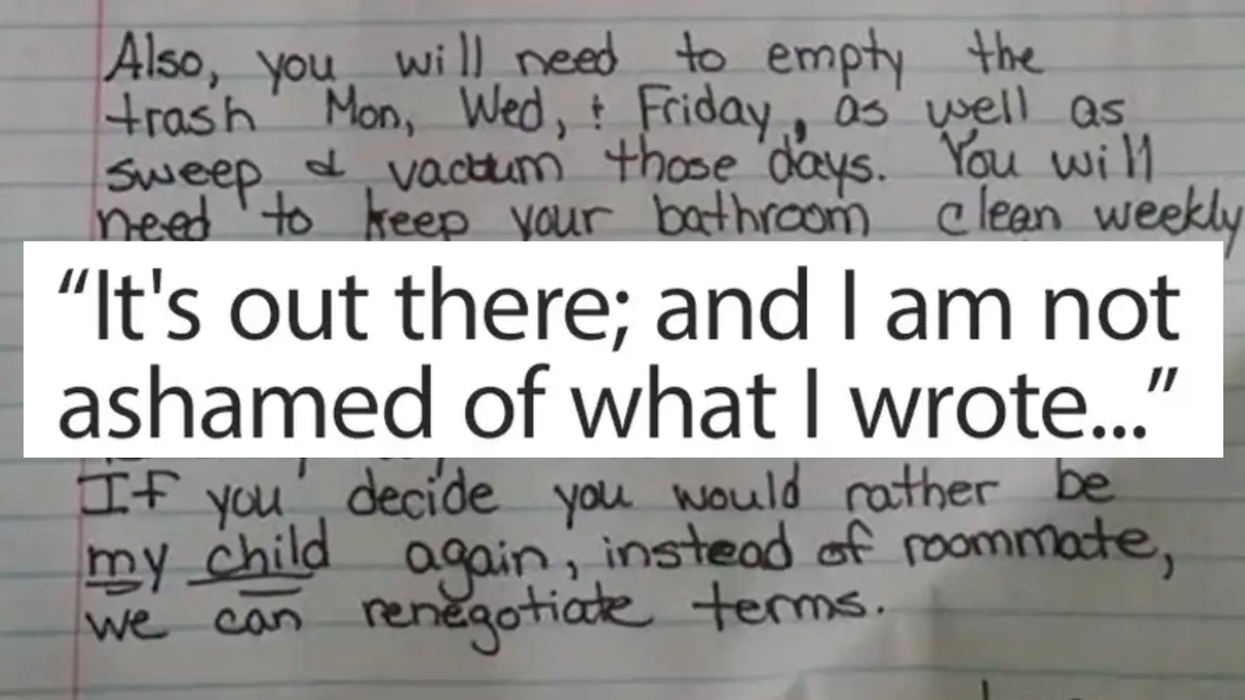
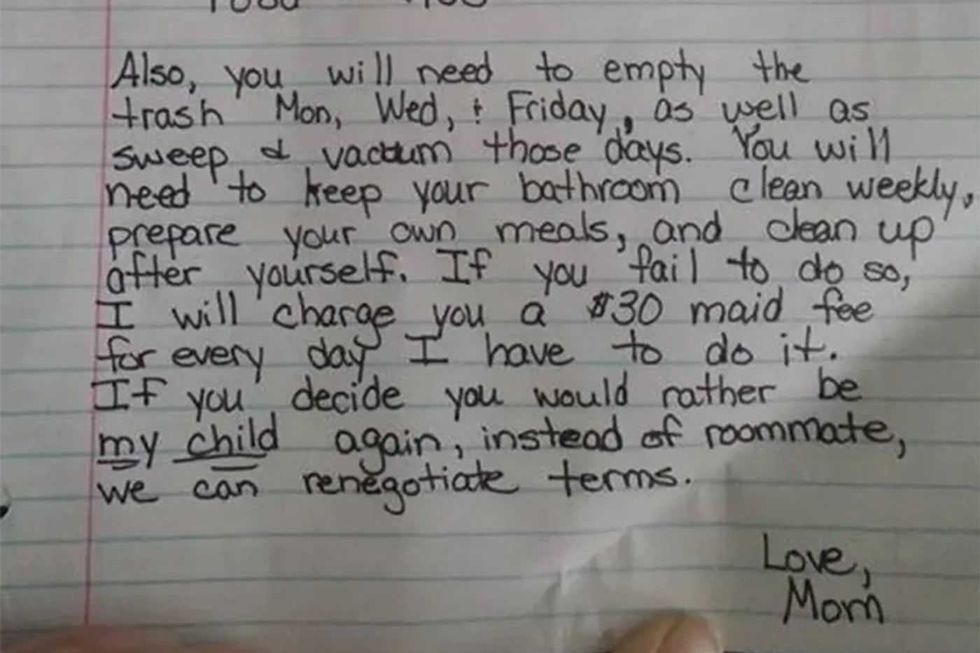 Photo of a handwritten letter from Heidi Johnson's Facebook page
Photo of a handwritten letter from Heidi Johnson's Facebook page Gif of someone repeating "shame" via
Gif of someone repeating "shame" via 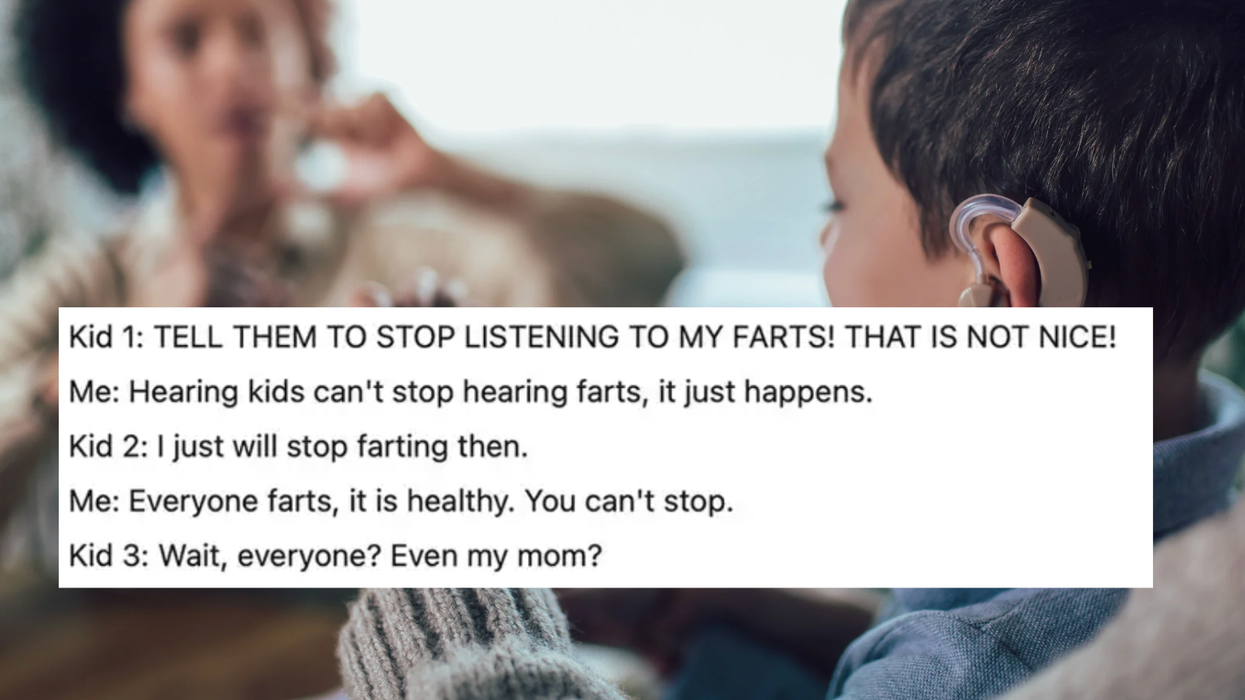
 A young girl learning sign languageCanva
A young girl learning sign languageCanva